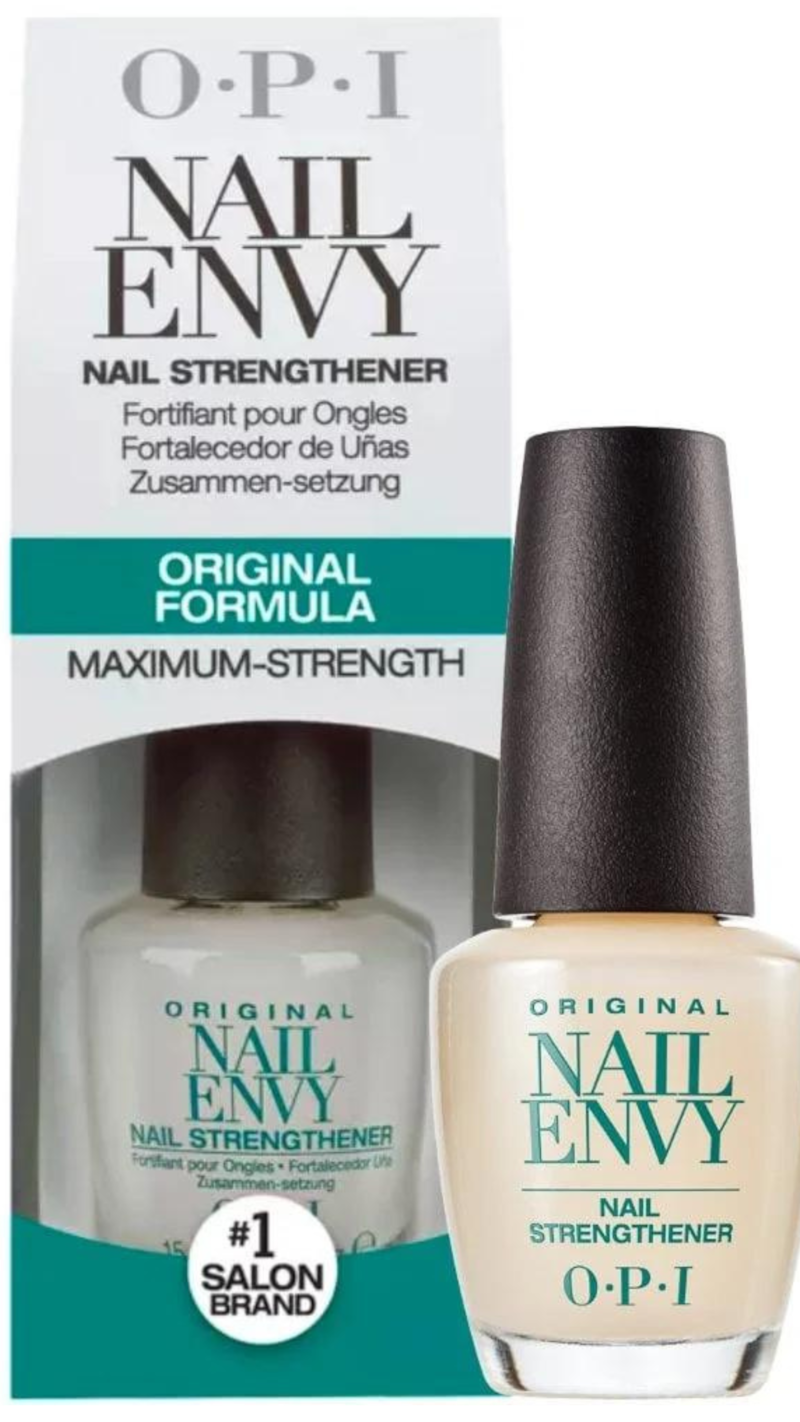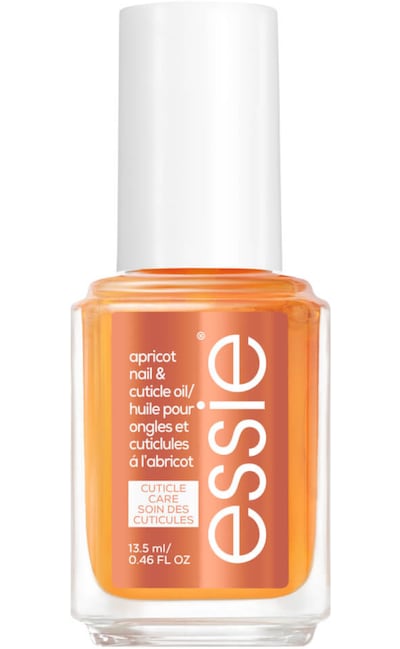After two years of having Biab on my nails, I recently elected to remove them and rely on regular polish for a while. If you’re unfamiliar with Biab, it stands for Builder in a Bottle. It’s sometimes referred to as a builder gel. It’s a nail treatment that has gained popularity in recent years as it’s seemingly gentler than its acrylic and ordinary gel counterparts. It offers benefits for the nail that other gel polishes do not, including the ability to grow your nails longer and stronger.
At my removal appointment, it was apparent that all was not well with my nails. They were paper-thin, almost transparent in their weakness. I was horrified, but unsure whether this was somewhat normal, as years ago, when I removed Shellac after an extended period, another type of long-wear gel polish, my nails had suffered.
I put it down to genetics. Maybe I just had weak nails, and Biab, despite its nail-protecting claims, didn’t work for me. Keen to whip them back into shape as soon as possible, I researched and purchased several nail-saving products, including OPI Nail Envy (priced at €25.75 on cloud10beauty.com), a nail strengthener with which I have had great success in the past.

After several weeks of diligently applying the strengthener, my nails had improved somewhat. They were still thin and weak but arguably much less bendy than before. I carried on for a few more weeks until a work trip got in the way. I knew I couldn’t maintain my repair routine (or deal with applying regular polish every other day) during the trip, so I decided to get Shellac polish to tide me over.
My favourite beauty products in 2025, from big hair spray to a viral perfume
Sparkle and shine: great products for long-lasting, fabulously festive make-up
Radiance wrapped up: Irish skincare and beauty gift ideas for Christmas
Aimee Connolly: ‘I’m not ready to sell – I want to be a top 10 global beauty brand’
Two weeks later, after I returned home, I visited a popular nail salon in Dublin to have them removed. The polish was soaked off and carefully removed, only to unveil even sadder looking nails than before. “This is not good,” the nail technician said. “Your nails are exceptionally thin and weak. And look at the sides. There’s a dip from the weight of the polish.”
I told her what I was dealing with: weeks of home care to help my nails recover after two years of Biab at another salon and its subsequent removal. “It doesn’t sound like you were actually getting Biab,” she said, eyeing me sympathetically. “Your nails would absolutely not be in this condition after Biab. They were likely using a cheaper alternative, or a mixture of cheaper gels, and telling you it was Biab.
“We see this all the time,” she continued. “People are drawn to salons that offer a quick, cheap service, where you often don’t even need an appointment. Sterilisation is lacking, as is training in nail health. Nail drills are often used excessively, which damage the nail.”
In summary, if it looks too good to be true, it probably is. Genuine gel polishes such as Biab or Shellac will not actually damage the nail, but incorrect application and removal can. It appears that my nails were repeatedly over-filed and inadvertently damaged to allow for the placement of poor-quality gel polish, an approach that played havoc with their health.

The good news, however, is that damage is often reversible. After thorough deliberation and a reassuring pep talk from the nail technician, I got (actual) Biab to protect and fortify my battered nails. She suggested it would be best to cut them short to reduce the pressure and weight, and the gel would provide an additional layer of strength and protection, helping to speed up the healing process.
When she got to work, I quickly noticed that this treatment differed from the one I had previously received. The finish was sleek, and the nail was not overloaded. I looked like I had natural, healthy nails. “This is what real Biab looks like,” she said. “Come back to me in two weeks, and we’ll check on the nail and refill. Then we can look at every three weeks after that.”
This time frame and the shorter length would give my nails the best chance at healing and growing stronger. She impressed on me the importance of home care, especially cuticle oil. “You might think it’s doing very little, but it’s the opposite,” she said. Daily application of cuticle oil (I like Essie’s one, €12.99 from Boots) improves the look and feel of dry skin around the nail: it rehydrates it and helps the nail hold on to moisture for longer. This can go a long way when dealing with dry, brittle, peeling nails.
“Nails are resilient and, over time, they’ll recover,” she said. “But it’s important to avoid places that cut corners and don’t have proper training and obvious sterilisation practices. The damage is just not worth it.”
This week I’m loving... Victoria Beckham Beauty Contour Stylus
The smallest contour stick I’ve ever used, Victoria Beckham Beauty Contour Stylus (€40 from victoriabeckhambeauty.com) has levelled up my make-up game.

The super creamy formula and small, narrow-tipped pen help to create a targeted, subtly sculpted look in seconds – think soft, delicate definition, not a heavily carved complexion. Blend with brushes, a sponge, or, for best results, the pads of your fingers. Available in four shades, it’s also great for touching up eye make-up on the go.














